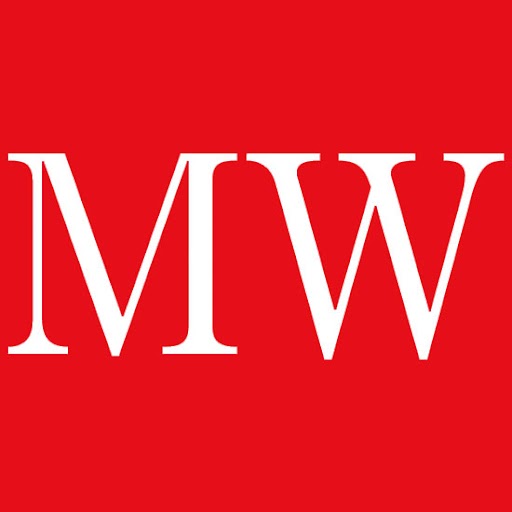The steady rise in house prices
Houses prices in Britain have kept on climbing, with some pundits pointing to a return of the London property bubble.
The latest housing market figures, from the Office for National Statistics, confirm the buoyancy seen in recent mortgage lenders' surveys. National average house-price inflation is running at 3.3%, the strongest in six months. London prices are climbing by 10% year-on-year, and prices are up by 43% from their 2009 trough. Outside London the rise has slowed to 1.3%. Meanwhile, the annual rate of consumer price inflation (CPI) edged down to 2.7% in August from 2.8% the month before. However, retail price inflation (RPI), which includes housing costs, rose from 3.1% to 3.3%.
What the commentators said
Rising house prices bolster the feel-good factor, which in turn tends to underpin consumption. But consumers aren't suddenly going to go on a huge splurge. Not only are house prices not rising everywhere, but there has been a nasty squeeze on average earnings in the past five years: they have fallen by 7% in real terms, as Roger Bootle of Capital Economics pointed out.
With earnings growth still at just 1% year-on-year, the squeeze on real pay continues. "It doesn't matter how many indicators are trotted out to support claims that the economy is improving," said James Moore in The Independent. "The Chancellor will struggle to derive any personal credit from the electorate until they start feeling an improvement in their personal finances."
MoneyWeek
Subscribe to MoneyWeek today and get your first six magazine issues absolutely FREE

Sign up to Money Morning
Don't miss the latest investment and personal finances news, market analysis, plus money-saving tips with our free twice-daily newsletter
Don't miss the latest investment and personal finances news, market analysis, plus money-saving tips with our free twice-daily newsletter
Meanwhile, household balance sheets are still stretched. Consumers have worked their debt down to 145% of disposable income from 170% in 2008. But 145% is still higher than it was in any other G7 state at the height of the boom, noted Vicky Redwood of Capital Economics, so there is probably a bit more deleveraging to do.
In the meantime, households have been dipping into their savings to fund purchases. They are currently only saving 4% of their income. Given all this, said James Knightley of ING Financial Markets, the scope for consumption to rise significantly in the near future looks limited. With consumers comprising around 60% of GDP, that will keep a lid on overall growth too.
Get the latest financial news, insights and expert analysis from our award-winning MoneyWeek team, to help you understand what really matters when it comes to your finances.
MoneyWeek is written by a team of experienced and award-winning journalists, plus expert columnists. As well as daily digital news and features, MoneyWeek also publishes a weekly magazine, covering investing and personal finance. From share tips, pensions, gold to practical investment tips - we provide a round-up to help you make money and keep it.
-
 December Premium Bonds winners announced – did you win £1 million?
December Premium Bonds winners announced – did you win £1 million?Over 2.6 million historic Premium Bonds prizes are still waiting to be claimed, according to NS&I
-
 We visited a food bank providing a lifeline to struggling households – how you can support Trussell this Christmas
We visited a food bank providing a lifeline to struggling households – how you can support Trussell this ChristmasMoneyWeek is supporting anti-poverty charity Trussell for our 2025 Christmas charity appeal. We spent the day at a Trussell food bank to see first-hand the important work that they do in providing a lifeline for those in need.

